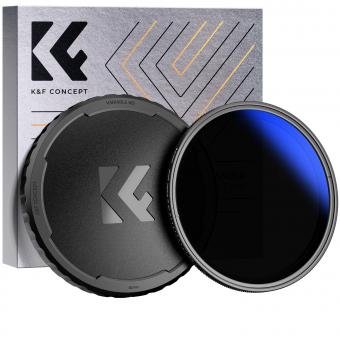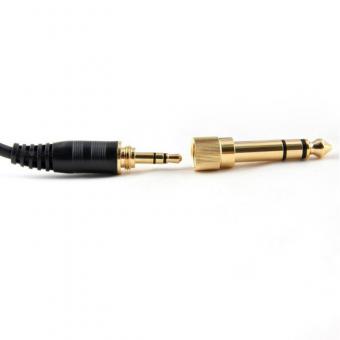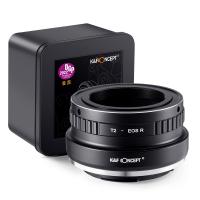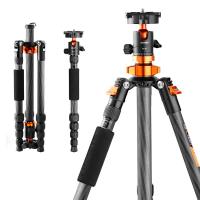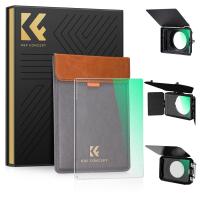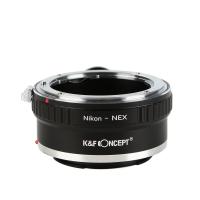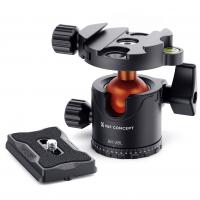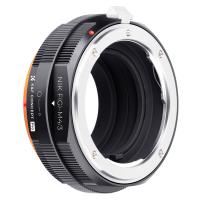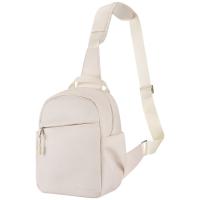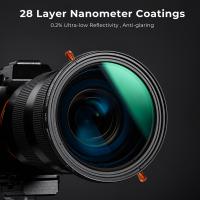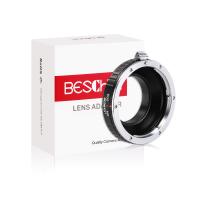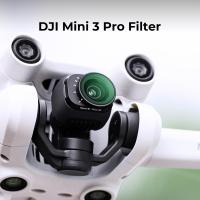Which Nd Filter To Use For Waterfalls ?
When photographing waterfalls, it is recommended to use a neutral density (ND) filter with a strength of at least ND8 or higher. This will allow you to use a slower shutter speed to capture the motion of the water without overexposing the image. ND filters come in different strengths, with ND8 being the most common for waterfalls. However, if the lighting conditions are very bright, you may need to use a stronger ND filter, such as ND16 or ND32. It is important to note that the strength of the ND filter you use will depend on the lighting conditions and the effect you want to achieve in your photograph.
1、 ND filter basics

Which ND filter to use for waterfalls?
When it comes to photographing waterfalls, using an ND filter is essential to achieve the desired effect of silky smooth water. But which ND filter to use can be a bit confusing. The most commonly used ND filters for waterfalls are the 6-stop and 10-stop filters. The 6-stop filter is great for slightly blurring the water and creating a subtle effect, while the 10-stop filter is ideal for creating a more dramatic effect with completely blurred water.
However, the choice of ND filter also depends on the lighting conditions and the desired shutter speed. If the lighting is bright, a 10-stop filter may be too strong and result in an overexposed image. In this case, a 6-stop filter or even a 3-stop filter may be more appropriate. On the other hand, if the lighting is low, a 10-stop filter may not be enough to achieve the desired shutter speed and a stronger filter may be needed.
It's also important to consider the quality of the ND filter. Cheaper filters may result in color casts or reduced sharpness, while higher quality filters will maintain the color accuracy and sharpness of the image.
In summary, the choice of ND filter for waterfalls depends on the lighting conditions and desired effect. A 6-stop or 10-stop filter is commonly used, but other strengths may be appropriate depending on the situation. Investing in a high-quality filter is also important to maintain the quality of the image.
Latest point of view: With the rise of mirrorless cameras and their ability to shoot at higher ISOs without significant noise, some photographers are opting to forego the use of ND filters altogether and instead rely on faster shutter speeds to achieve the desired effect. However, ND filters still remain a popular tool for achieving the silky smooth water effect in waterfall photography.
2、 Choosing the right ND filter strength

Choosing the right ND filter strength is crucial when it comes to photographing waterfalls. ND filters are used to reduce the amount of light entering the camera, allowing for longer exposure times and creating a smooth, silky effect on the water. The strength of the ND filter needed will depend on the lighting conditions and the desired effect.
For bright, sunny days, a stronger ND filter such as a 6-stop or 10-stop filter may be necessary to achieve the desired effect. On overcast days or in low light conditions, a lighter ND filter such as a 2-stop or 3-stop filter may be sufficient.
It's important to note that the strength of the ND filter will also affect the shutter speed needed to achieve the desired effect. A stronger ND filter will require a longer shutter speed, which can result in overexposure if not properly adjusted.
In recent years, variable ND filters have become increasingly popular for their versatility and convenience. These filters allow for adjustable strength, allowing the photographer to fine-tune the amount of light reduction needed for the specific lighting conditions.
Ultimately, the choice of ND filter strength will depend on the photographer's creative vision and the specific conditions of the shoot. Experimentation and practice are key to finding the right ND filter for each situation.
3、 Factors to consider when shooting waterfalls
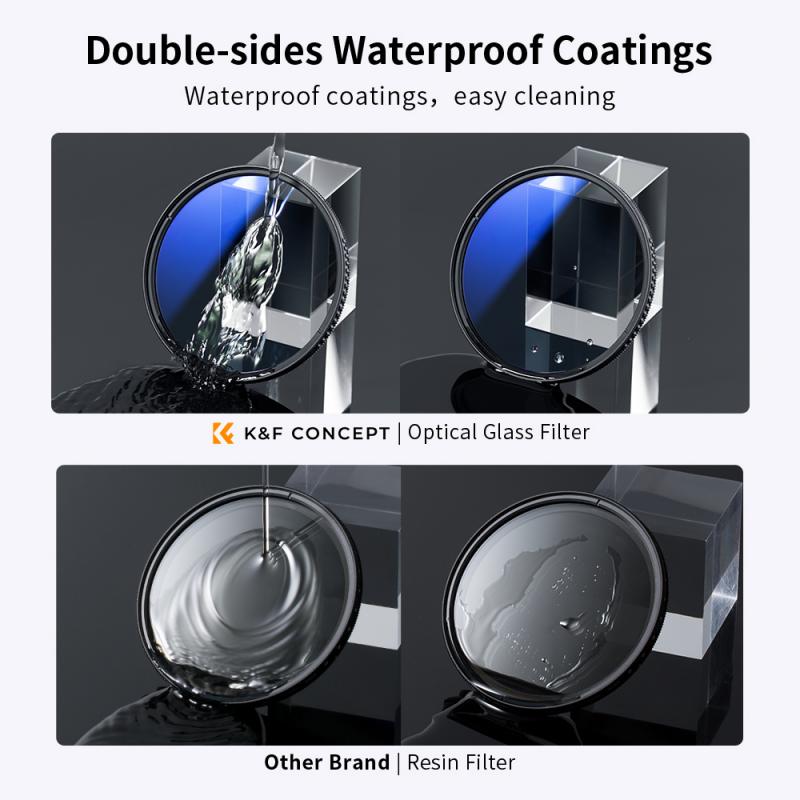
Factors to consider when shooting waterfalls include the time of day, weather conditions, and the desired effect. Shooting during the golden hour, which is the hour after sunrise or before sunset, can provide a warm and soft light that enhances the beauty of the waterfall. Overcast days can also be ideal for shooting waterfalls as the diffused light can reduce harsh shadows and highlights.
Another important factor to consider is the shutter speed. A slower shutter speed can create a silky smooth effect on the water, while a faster shutter speed can freeze the motion of the water. To achieve a slower shutter speed, a neutral density (ND) filter can be used. The ND filter reduces the amount of light entering the lens, allowing for a longer exposure time without overexposing the image.
Which ND filter to use for waterfalls depends on the lighting conditions and desired effect. A 3-stop ND filter is a good starting point for shooting waterfalls during the day, while a 6-stop or 10-stop ND filter may be necessary for longer exposures in brighter conditions. It is important to note that using a higher stop ND filter can result in a blue color cast, which can be corrected in post-processing.
In addition to these factors, it is important to consider the composition of the image and the surrounding environment. Experimenting with different angles and perspectives can result in unique and captivating images. The latest point of view is that incorporating foreground elements, such as rocks or foliage, can add depth and interest to the image.
4、 Techniques for capturing stunning waterfall photos
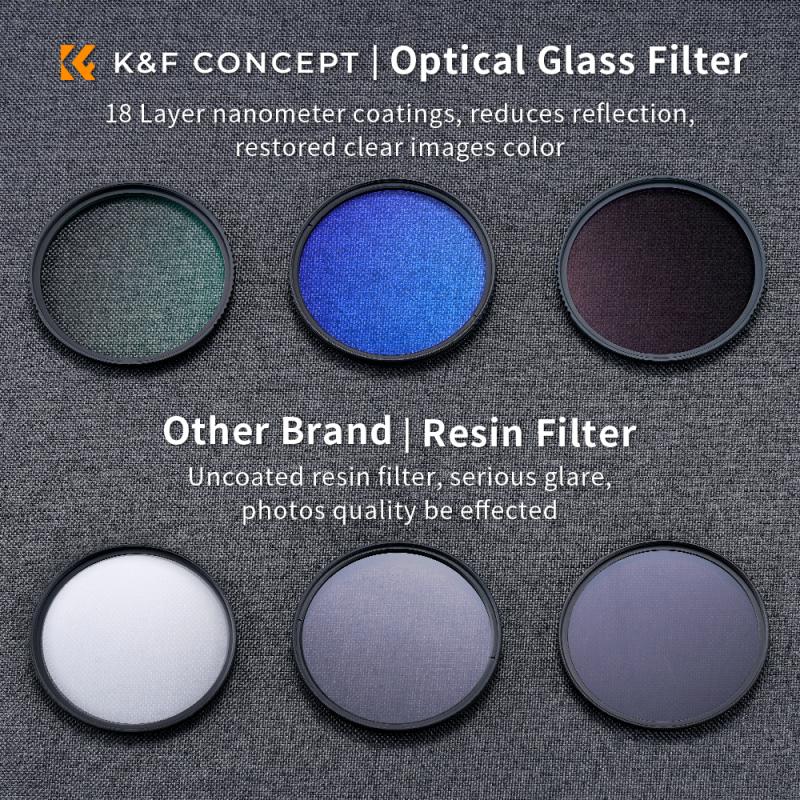
Which ND filter to use for waterfalls?
When it comes to capturing stunning waterfall photos, using an ND filter is essential. ND filters help to reduce the amount of light entering the camera, allowing for longer exposure times and creating a smooth, silky effect on the water.
The strength of the ND filter you should use depends on the lighting conditions and the effect you want to achieve. For bright, sunny days, a 6-stop or 10-stop ND filter is recommended. For overcast or low-light conditions, a 3-stop or 4-stop ND filter may be sufficient.
It's also important to consider the type of waterfall you're photographing. If the waterfall is small and the water is moving slowly, a lower strength ND filter may be appropriate. However, if the waterfall is large and the water is moving quickly, a higher strength ND filter may be necessary to achieve the desired effect.
In addition to using an ND filter, other techniques for capturing stunning waterfall photos include finding interesting angles and perspectives, using a tripod to keep the camera steady, and experimenting with different shutter speeds and aperture settings.
The latest point of view on capturing waterfall photos is to also consider using a polarizing filter in addition to an ND filter. A polarizing filter can help to reduce glare and reflections on the water, making the colors more vibrant and the image more dynamic.

